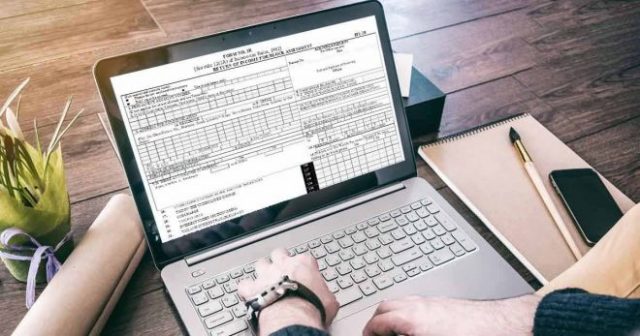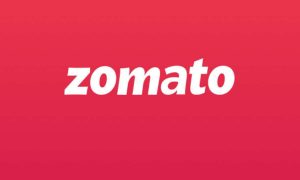Since the Centre made the New Tax Regime the default tax system in 2023, there has been many reports on which tax system is better and what to choose. The government introduced a new tax regime, known as Section 115BAC, as an alternative to the old tax regime.
Read More: New vs. Old Tax Regime – Which Is Right For You?
This new regime was optional and started from April 1, 2020, for individuals and Hindu Undivided Families (HUF). After operating for three years, the Union Finance Minister Nirmala Sitharaman announced during the Union Budget 2023 that going forward, this new tax regime would become the default tax system for those taxpayers who do not express any preference at the start of the new fiscal year (FY2025).
Business Today asked Dr. Suresh Surana, Founder, RSM India, to simplify the tax structure for someone whose net earnings is Rs 80,000 with investments in government bonds, fixed deposits and mutual funds..
Here’s the breakup:
The Finance Act 2023 has made the new tax regime as the default tax regime for FY 2023-24 (AY 2024-25). The taxpayers can switch between the old and the new tax regime on a year-on-year basis.
However, any taxpayer deriving income from business or profession who has exercised the option of shifting out of the new tax regime shall be able to exercise the option of opting back to the new tax regime only once.
The old tax regime offers several advantages over the concessional tax rates in the new regime. It provides taxpayers with various exemptions and deductions, such as Home Rent Allowance (HRA), Leave Travel Allowance (LTA), Section 80C (investment-related deductions), and Section 80D (health insurance premiums), which effectively reduce taxable income and lower tax liabilities. The old scheme also encourages taxpayers to invest in tax-saving instruments, developing a habit of investing for long-term financial goals.
On the other hand, the new tax regime offers lower tax rates but eliminates most exemptions and deductions. Some of the excluded exemptions include interest earned on savings accounts, professional tax and entertainment allowances on salaries, leave travel allowance (LTA), house rent allowance (HRA), other special allowances, interest on housing loans for self-occupied or vacant properties, and Special allowances such as food allowances are also not eligible for exemption.
Chapter VI-A deductions are not available, except for specific cases like employer’s contribution to NPS and additional employee cost. It is crucial to consider your specific financial situation before making a decision.
In summary, the decision to switch to the new or remain in the old tax regime or which regime is better for you, would be based on the tax savings deductions and exemptions you are eligible to avail under the old tax regime. The old tax regime may be more beneficial for high-income earners, those with comprehensive financial plans, and individuals who heavily invest in tax-saving schemes and avail deductions such as HRA, LTA, NPS (80CCD(1B)), etc.
However, it is essential to evaluate taxpayer’s specific financial situation and preferences before making a decision, if taxpayer have substantial exemptions and deductions, the old tax regime might be more beneficial. However, if they prefer simplicity and lower tax rates, they can consider the new tax regime.
In the given illustration, please find the below computation of tax liability of the taxpayer.
| Particulars | Old Tax Regime | New tax Regime |
| Gross Income under the head salary(80,000*12) | Rs 9,60,000 | Rs 9,60,000 |
| 9,60,000 | (Rs 50,000) | (Rs 50,000) |
| Gross total Income | Rs 9,10,000 | Rs 9,10,000 |
| Less: Deduction under Chapter VI-A* | (Rs 1,50,000) | – |
| Total Income | Rs 7,60,000 | Rs 9,10,000 |
| Total Tax Liability | Rs 67,080 | Rs 48,360 |
*Assuming the present investment made are eligible for deduction u/s 80C.
1. Income Tax Rates – Old Regime
| Tax Slab | Tax Rate | Income | Tax |
| Upto 2,50,000 | 0% | 2,50,000 | Nil |
| 2,50,000 to 5,00,000 | 5% | 2,50,000 | 12,500 |
| 5,00,001 to 10,00,000 | 20% | 2,60,000 | 52,000 |
| Above 10,00,000 | 30% | – | – |
Basic Tax: Rs 64,500
Add: Cess @4%: Rs 2,580
Total Tax Liability: Rs 67,080
2. Income Tax Rates – New Regime
| Annual Income | Tax Rate | Income | Tax |
| Upto 3,00,000 | 0% | 3,00,000 | – |
| 3,00,000 to 6,00,000 | 5% | 3,00,000 | 15,000 |
| 6,00,001 to 9,00,000 | 10% | 3,00,000 | 30,000 |
| 9,00,001 to 12,00,000 | 15% | 10,000 | 1,500 |
| 12,00,001 to 15,00,000 | 20% | – | – |
| Above 15,00,000 | 30% | – | – |
Basic Tax: Rs 46,500
Add: Cess @4%: Rs 1,860
Read More: Income Tax: How are e-filing and e-payment of taxes different? Know details here
Total Tax Liability: Rs 48,360
Hence, in the above case considering no other exemption or deduction being availed by the employee, it may be preferable to opt for the new tax regime considering the lower tax outflow as compared to the old regime.





































